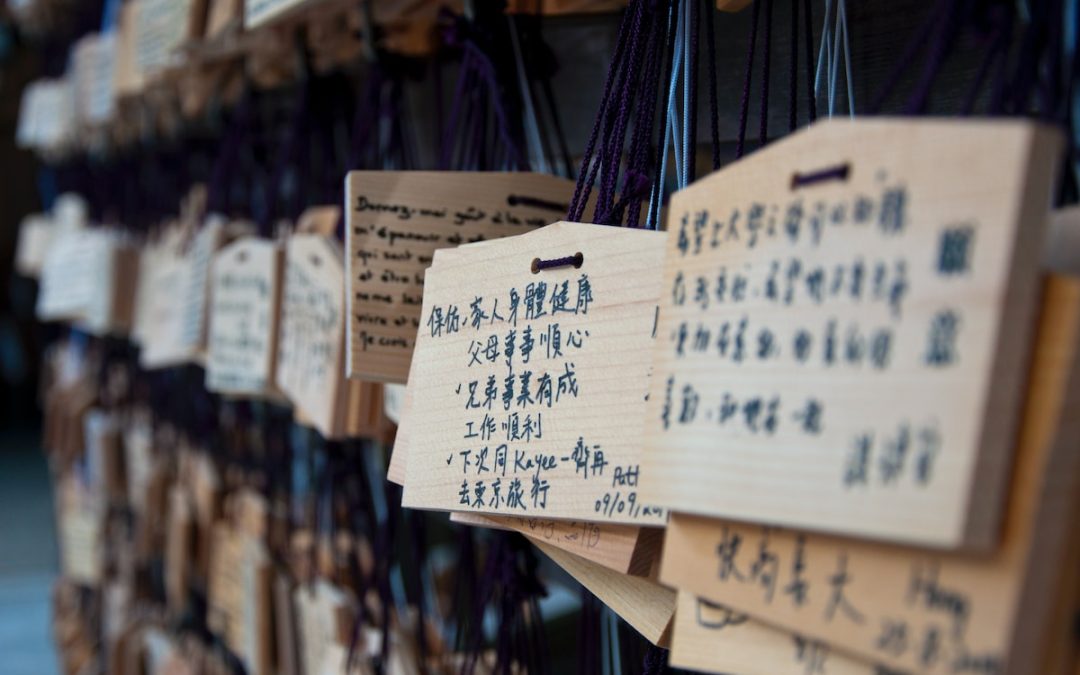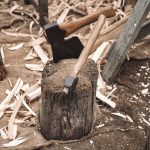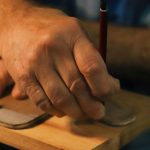As an expert in Moroccan woodworking and calligraphy, I am honored to share the story of this unique craft.
Skilled craftsmen have passed down this tradition through generations, and they have a deep connection to both art forms.
Moroccan woodworking is famous for its detailed designs and careful handwork. Skilled craftsmen create special pieces using materials like cedar, ebony, or oak.
Craftsmen incorporate traditional Arabic inscriptions into their works, adding to their beauty. Together, these techniques create stunning artwork that represents Morocco’s culture and heritage. These pieces have become iconic symbols of Morocco.
History Of Moroccan Woodworking
Moroccan woodworking has been a part of the country’s cultural heritage for a long time. Skilled artisans have passed down this tradition and it holds special meanings for many people. They create beautiful furniture, doors, and windows with intricate carvings and calligraphy.
Artisans use different types of wood such as sandalwood, cedar, walnut, and oak. Each wood has its qualities and adds something special to the artwork.
Craftsmen who are good at their job use special ways to shape and decorate wood, like carving, veneering, and marquetry. They use these techniques to make cool and sturdy things. They combine traditional methods with modern tools to bring out the beauty of each project.
Moroccan woodworking is a true testament to skill and creativity. It honors the hard work of dedicated artisans throughout the years.
Types Of Wood Used
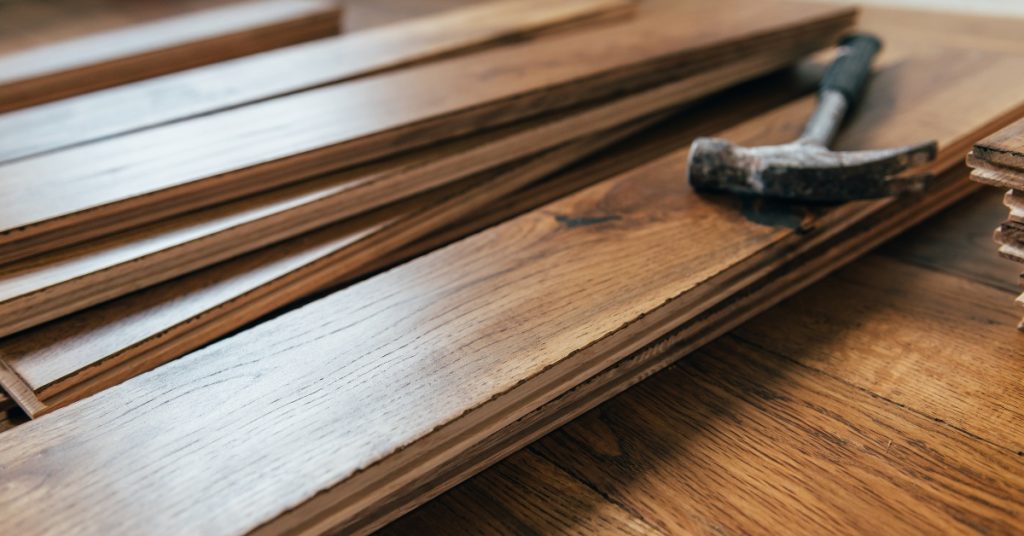
Moroccan woodworking has a long history connected to calligraphy. Skilled craftspeople choose the best wood for their projects, considering sustainability. They use renewable sources like cedar and beechwood, and they also plant new trees to protect the environment.
The wood they select must be strong enough for detailed carvings and precise lettering. Cedarwood is popular because it’s durable, and beechwood is great for achieving detailed results.
Traditional tools are still important despite the presence of modern technology. Families pass down these timeless traditions, combining them with practices.
Moroccan woodworking has an excellent history tied to calligraphy. Craftsmen pick good wood and take care of the environment. They use tools to make pretty things that last a long time.
Traditional Tools And Techniques
I love being a craftsman and calligrapher. My family has passed down these skills for many generations. We make things and keep old traditions alive.
I’ve worked hard to be good at what I do. Making beautiful things out of wood is tricky. You have to pay attention to every little detail, like the pattern on the wood and how it feels. It takes time and practice, but it’s worth it.
I enjoy seeing my creations come to life. It makes me happy to know I made something special out of plain wood. It’s like magic!
Let’s keep making amazing things and remember our family’s history and traditions. We, artists, love being creative and making beautiful stuff.
Crafting The Perfect Piece
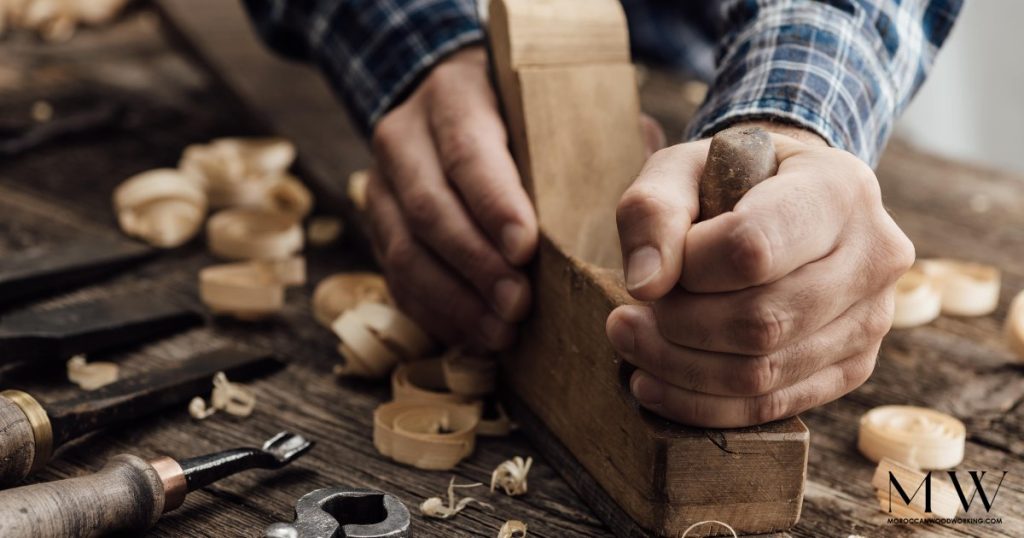
Creating woodworking art requires knowing about materials and techniques. First, choose the right material like walnut, cherry, or maple. Each has its special look. Then, use techniques like carving and inlay work to make the wood beautiful. Skilled craftsmen combine creative design with traditional skills to create unique masterpieces.
Arabic Calligraphy And Its Role
Moroccan woodworking and calligraphy have a longstanding connection. Calligraphy expresses art through different fonts, each with unique symbolism. It communicates ideas without words, crossing language barriers.
Consider these aspects:
- Cultural Symbolism: Each calligraphy font in Morocco has a specific meaning. Fonts like Kufic or Naskh convey religious messages, while Thuluth expresses poetic themes. These writings often appear on furniture, adding cultural significance.
- Unique Design: Moroccan craftsmen create artwork with intricate designs. They carve symbols into the wood and add written text. Only experienced professionals can achieve this level of detail.
- Combining Art Forms: Writing and woodworking blend traditional Arabic calligraphy with contemporary design. It appeals to those who value aesthetics and craftsmanship in furniture. It stands out from other decorative items on the market.
When people in Morocco combine woodworking and Arabic calligraphy, something amazing happens. It shows that when we use our creativity and work together, we can make something special and beautiful. It’s like teamwork making magic!
Popular Art Forms
Painting, Sculpture, and Mosaics have been popular art forms for centuries.
The creativity of Moroccan woodworking and its connection to calligraphy is fascinating. People often combine weaving and printmaking with other art forms. Many love pottery, textiles, carpentry, and jewelry-making offers a way to express themselves. Photography, performance art, installation art, and digital art are popular. Ceramics provide an excellent means of expressing creativity.
Painting
In Morocco, painting is a big part of popular art, and it connects with woodworking and calligraphy. Moroccan artists use bright colors like blue, green, yellow, and red to make beautiful art that everyone likes. They also use special techniques like blending and layering to add lots of details. These special colors and ways of painting make Moroccan art different from others. You can see these stunning pictures on walls, furniture, canvas, and more.
Each piece being unique in its own right, it speaks volumes about the creativity of Moroccan artists.
Sculpture
Sculpture is another popular art form found in Morocco that has a strong connection to woodworking and calligraphy.
Moroccan sculptors manipulate different wood species like cedar or olive to create stunning works of art. They use techniques such as carving or relief sculpting to bring their ideas to life. This artwork combines traditional and modern design principles, making it captivating for viewers. These masterpieces, crafted with fine skill and creative flair, add character and life to any space. They are timeless works of art that will always be in style.
Mosaics
In Morocco, people love making mosaics. They connect with woodworking and calligraphy. The ancient Greeks originated mosaics and they used them to decorate religious buildings and tombs. Today, Moroccan mosaics keep the old style and add new things like bright colors and fancy patterns. They make different designs, some with shapes and others with abstract pictures. These mosaic pieces go on furniture or walls, making any place look alive. They’re special art that stays forever in people’s minds.
Famous Woodworking Artisans
Moroccan woodworking artists have been perfecting their craft for a long time. They are famous for making detailed and beautiful designs using special materials and techniques. They use precious woods like walnut, cedar, ebony, olivewood, rosewood, boxwood, and Zebrawood. Some artists also add metal or stone to their works to make them more interesting. Every piece they make includes special writing called calligraphy. It could be small engravings or big patterns. The artists combine woodworking and calligraphy to create unique and beautiful things.
Contemporary Trends
The connection between Moroccan woodworking and calligraphy is still strong today. Artists are making exciting pieces by combining detailed carvings with fancy letters. Some artworks even have metal or glass to make them more interesting. Artists are always finding new ways to blend old and new techniques. It’s important to be sustainable when making things with Moroccan woodwork and calligraphy.
Sustainable Practices
Moroccan woodworking and calligraphy go hand in hand. Artists use traditional techniques to make doors, furniture, and other wooden items. They also incorporate modern technology in ways.
To complete your project:
- Choose local woods over imported varieties
- Inspect boards for defects before buying them
- Use non-toxic sealants and stains when finishing
- Consider reusing salvaged wood or recycled materials
To be sustainable, it’s best to use local wood and water-based finishes. Taking care of your Moroccan art keeps it in good shape for a long time.
Caring For Your Moroccan Artwork
Moroccan woodworking and calligraphy are not only beautiful but also durable. To maintain their quality, proper care is essential. Here are some tips:
- Choose wood with tight grain patterns and even color.
- Use brush or roller sealants instead of aerosol sprays to protect against damage.
- Maintain your artwork by buffing it with soft cloths dipped in mineral oil to keep it looking new.
Frequent-Asked Questions
How Much Does A Moroccan Woodworking Piece Cost?
Craftsmanship and materials used influence the price of Moroccan woodworking pieces. The level of detail and complexity, along with the cost of the components, determine the value of the piece. For instance, simple carvings with basic designs are usually cheaper than intricate patterns that need a lot of labor. These factors are important when determining the prices of handmade works from Morocco.
Are There Any Moroccan Woodworking Courses Available?
If you want to learn traditional Moroccan woodworking and calligraphy, you’re in luck!
Experts in this field offer courses that can help you improve your skills and become a better artisan.
These courses teach you how to get the materials you need and show you the different traditional techniques used in Morocco. They’re perfect for anyone who wants to become a talented craftsman.
What Are The Best Finishes For Moroccan Woodworking?
Finishing Moroccan woodworking projects can be hard because it involves traditional techniques. To achieve a perfect finish, you need to know different methods that bring out the craftsmanship and protect the wood from damage.
Using different techniques is a great option for finishing Moroccan woodworking projects. Each method has its advantages, but they all give a beautiful result that lasts for many years.
Are There Any Online Stores Where I Can Buy Moroccan Woodworking Pieces?
If you’re looking for an elegant and timeless addition to your home, Moroccan woodworking pieces provide that.
With a range of marketplaces available online, it’s easy to find the perfect piece for any room in your house.
I recommend shopping around because different stores offer varying shipping costs.
Plus, with expert craftsmanship on display, you can be sure each item will add a unique touch of beauty to your decor.
How Long Does It Take To Create A Moroccan Woodworking Piece?
Handcrafting woodwork pieces is a time-consuming process that requires skill and dedication.
It takes several weeks to complete each piece, depending on the complexity of the design and techniques used.
Experienced artisans can take different amounts of time to complete each project, depending on how hard it is. Yet, they know clever techniques to make their work high-quality and finish it faster.
Generations of artisans have passed down the art form of Moroccan woodworking. It’s a beautiful craft and its connection to calligraphy makes it even more special.
Artisans make the pieces with passion, which represents the creative spirit of Morocco’s culture. Although these works can be expensive, one thing’s for sure – you won’t regret investing in them!
They’re timeless treasures that will bring joy for years to come. I’m proud to be part of this artisanal tradition and I continue to learn new techniques every day.
Moroccan woodworking will make you discover things and discern the rich history behind each piece. Learning about this practice has opened my eyes to so much beauty and understanding – something I hope everyone gets to experience!

